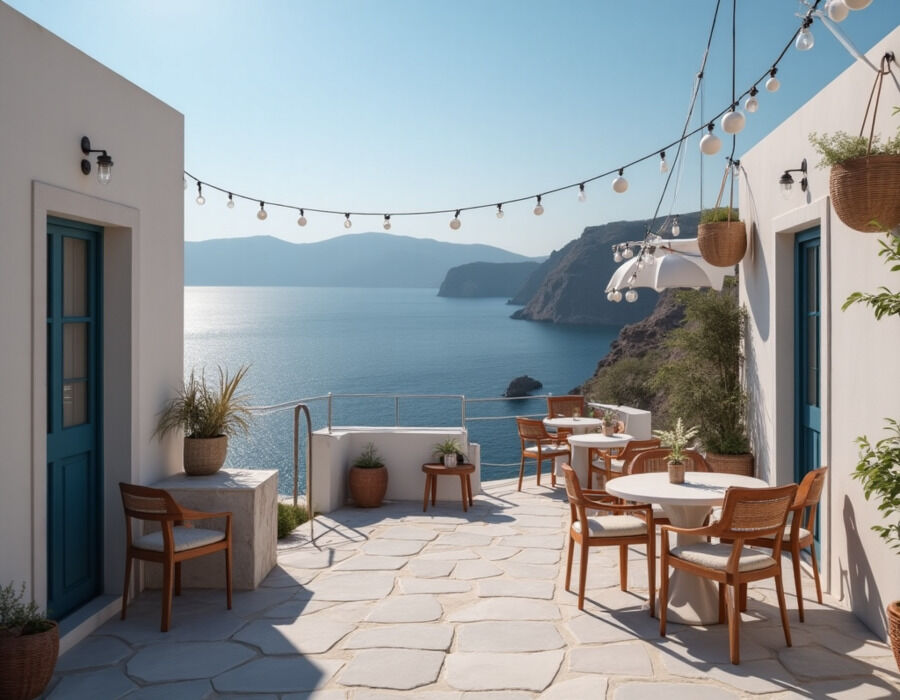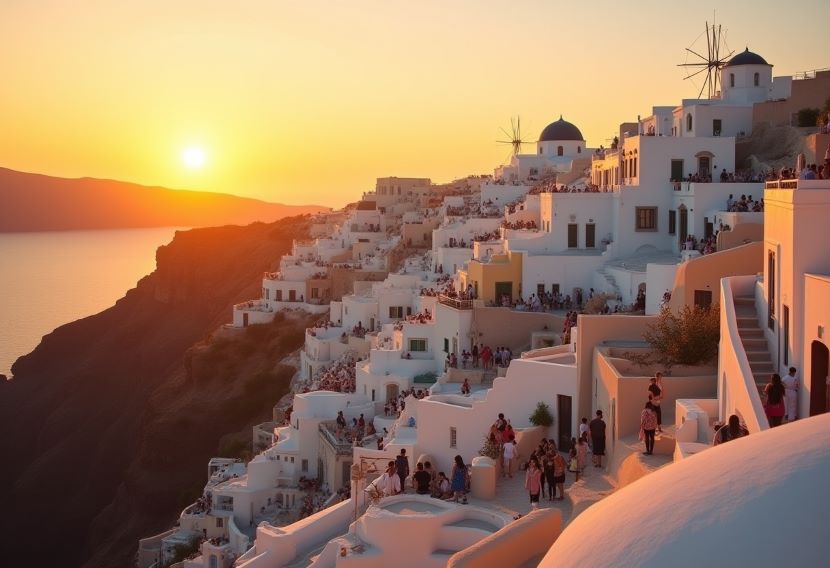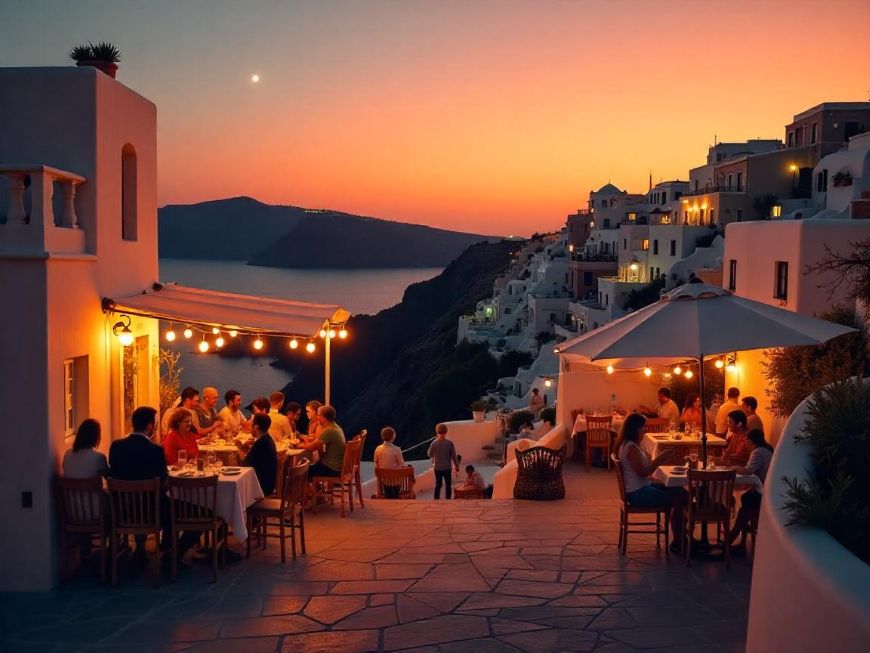Santorini Grapples with Overtourism Challenges

Greece, globally celebrated for its stunning landscapes and iconic island destinations such as Santorini, is paradoxically grappling with the complexities of its immense tourism success. Despite attracting millions of visitors annually, Santorini’s local economy faces a significant imbalance. The vast majority of tourists arrive via cruise ships and depart on the same day, leaving local restaurants, hotels, and small businesses without the sustained economic support they desperately require. This surge in short-term, high-impact tourism not only fosters economic instability but also exerts immense pressure on the island’s delicate infrastructure, natural environment, and the daily lives of its residents. The dazzling views and ubiquitous social media presence often mask a growing struggle beneath the surface, as Greece confronts the urgent necessity of making its most beloved island destination more sustainable and economically resilient.
Santorini, one of Greece’s over six thousand islands, has captivated travelers for generations with its unique volcanic beauty, whitewashed cliffside homes, deep blue domes, and breathtaking sunsets. However, this magnetic appeal has led to unexpected challenges. Gianluca Chimenti, a local tour operator who has resided on Santorini for nearly two decades, has brought attention to a troubling trend: despite the island’s narrow lanes and famous viewpoints being packed during the day, its economy suffers from a pronounced lack of overnight visitors. Chimenti observes that once the sun sets and photo opportunities conclude, much of the island becomes eerily silent. This phenomenon is largely attributable to the nature of modern tourism, where thousands of cruise ship passengers, sometimes as many as seventeen thousand in a single day, flood the island, primarily congregating in Fira and Oia, only to return to their ships by evening.
This imbalance creates a complex economic reality for Santorini. Businesses such as restaurants, cafes, and boutique hotels, which rely heavily on overnight stays, dinner crowds, and after-hours spending, find themselves with empty tables and quiet streets once the cruise ships have sailed away. Ironically, Santorini’s viral fame as the “Instagram Island,” with its spectacular caldera sunsets and picturesque architecture, contributes to this economic inconsistency. Tourists frequently engage with the island through their phone screens, capturing content, and then departing without truly interacting with the local culture or economy beyond a few hours. This tourism model presents a double-edged sword: while it ensures global recognition and constant visitor traffic, it simultaneously subjects Santorini to mounting pressures from unsustainable practices.
The cruise industry, though vital for Santorini’s visibility, has established a flow of transient visitors who contribute less economically than those who stay in local accommodations or dine in village tavernas after dark. Furthermore, the overwhelming influx of daytime visitors strains Santorini’s infrastructure and natural surroundings, leading to congested streets, wear and tear on natural sites, and a sense of displacement among local residents. The authentic charm that once defined Santorini is now at risk of being overshadowed by overtourism. Chimenti emphasizes the discrepancy between social media portrayals, which show a perpetually bustling island, and the reality of quiet, empty streets after the cruise ships depart, highlighting the struggles of businesses reliant on the local economy.
Santorini’s plight is not isolated; destinations across Europe, from Venice to Dubrovnik, face similar challenges in balancing tourist welcome with preserving local essence. For Greece, the equilibrium between mass appeal and meaningful engagement is becoming increasingly delicate. Experts and community members alike advocate for a more sustainable tourism strategy. Proposed solutions include limiting the number of daily cruise arrivals, encouraging longer stays, and incentivizing off-season tourism. Some islands are already experimenting with measures like visitor caps, time-slot entries for popular sites, and taxes on cruise ship passengers. Chimenti further suggests managing the flow of tourists by promoting Santorini’s lesser-known attractions, such as its significant archaeological sites, to distribute crowds more evenly and enhance the visitor experience beyond the popular hotspots.
Ultimately, Santorini’s narrative reflects broader global travel trends in the digital era. As destinations achieve fame through viral imagery, the pressures of popularity intensify. For places like Santorini, where natural beauty and cultural heritage are primary draws, preserving authenticity and ensuring economic viability will necessitate bold decisions. Greece confronts a tourism paradox where Santorini’s soaring popularity fuels overtourism and economic strain, with local businesses suffering due to a lack of overnight visitors. The island’s future hinges not merely on the volume of visitors it receives, but critically on how it welcomes them—and whether it can persuade them to stay, explore, and genuinely support the community long after the sun dips below the horizon.











